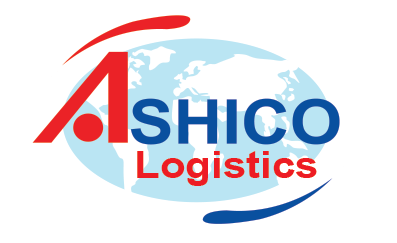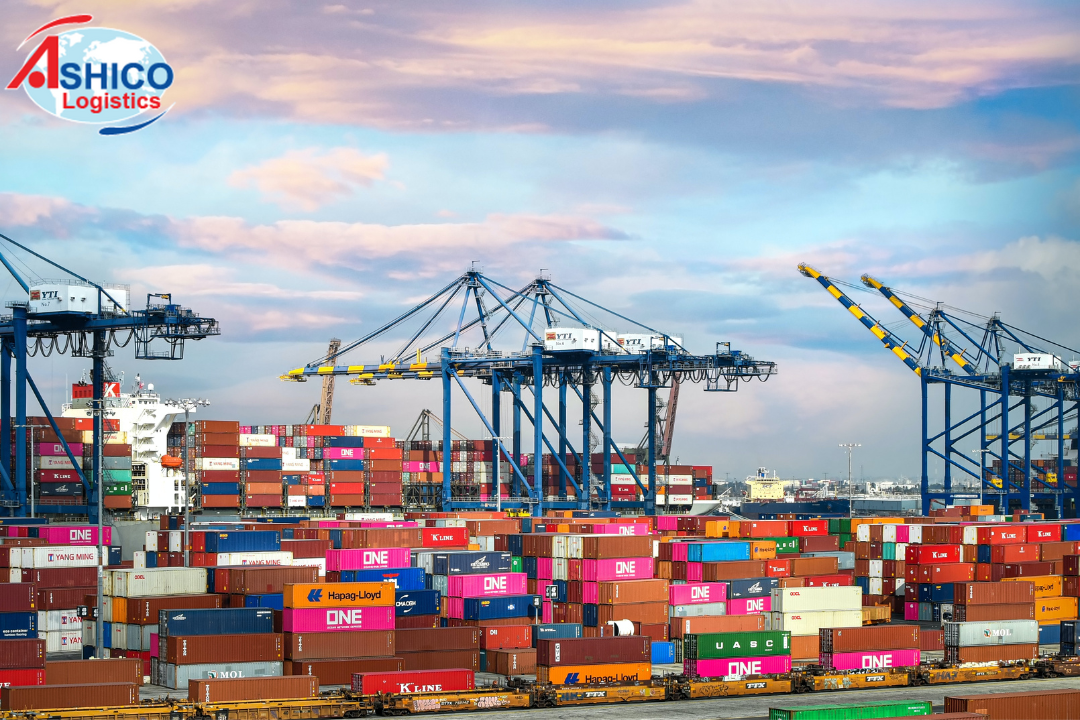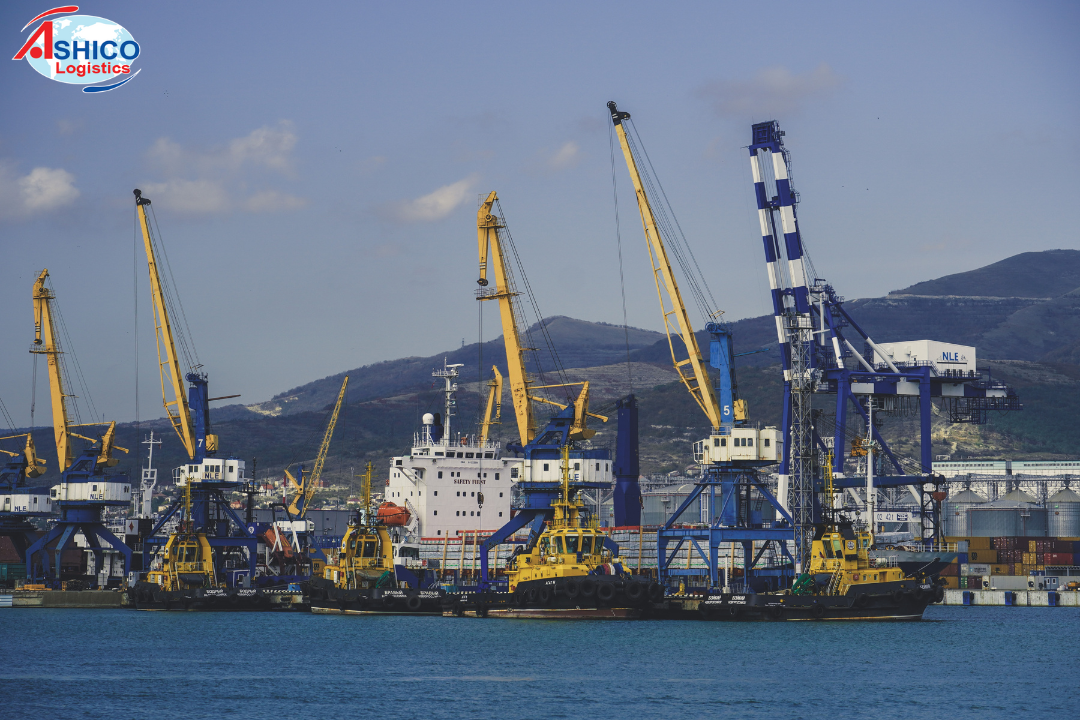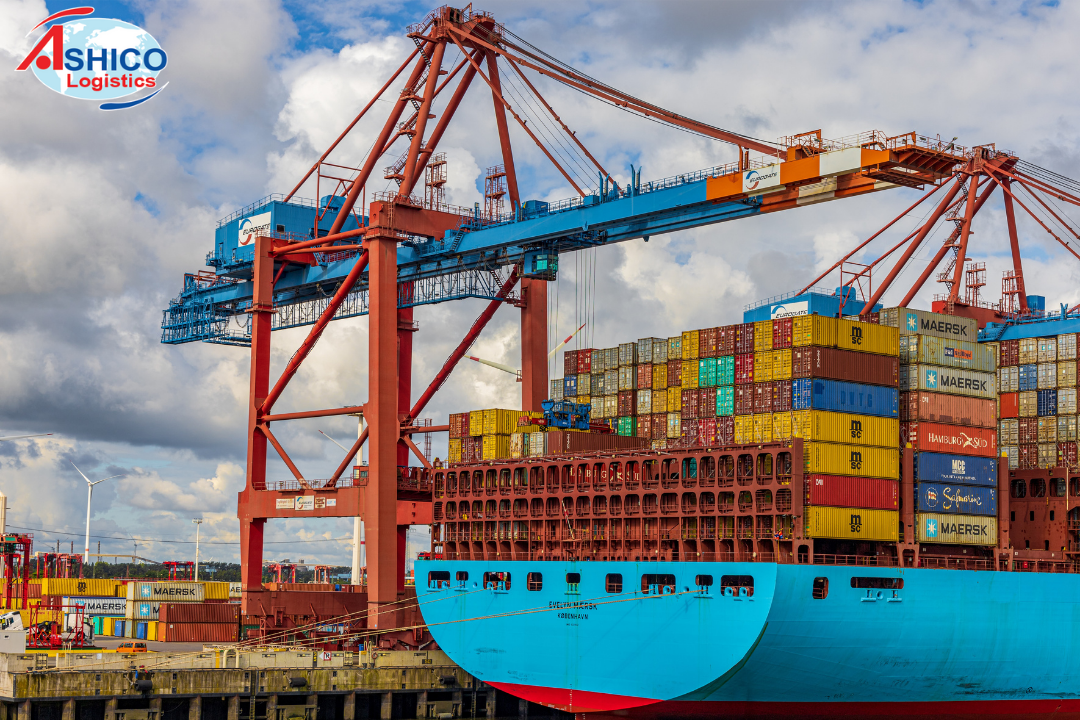
How does the appearance of ChatGPT affect the logistics industry?
ChatGPT will have a strong impact on the import-export and logistics industries, especially in the stages of marketing, customer care, data collection and analysis to make business decisions.
With the increasing scale of Vietnam's import and export, the application of technology as well as artificial intelligence (Al) into the production and business process has helped businesses reduce costs and improve capacity. product competition, creating more breakthroughs in the integration process.
Provide accurate information and save time
In the context of the 4th industrial revolution and many changes in economy, politics, society..., logistics is playing an important role in closely linking stakeholders, maintaining maintaining and combating supply chain disruptions, actively contributing to global sustainable development.
First, the schedules of airlines/sea carriers departing from any port in the world - be it passenger/cargo flights, bulk carriers, container ships... - all have their own schedule. available upon request.
Second, customs information, tariffs, taxes, regulations of any country or comparison between different countries to find out how to find the best solution.
Third, infrastructure details and specifications of any facility, country, port, container, lifting equipment, etc. as long as the information is available in the public domain.
Fourth, the safety data sheet for any product.
Fifth, educate interns or students in logistics.
(1).png)
Improve the level of logistics risk management and assessment
First, choose your transit route based on the latest news reports or historical weather reports to avoid potential conflicts or known extreme weather patterns.
Due to news of a possible strike at a certain port, you may start thinking about sailing to another port to unload, and if there is a risk of a storm somewhere in the positive, you should avoid that route.
Second, choose a carrier based on certificates, claims, delays, male ears, ship/aircraft history...
Third, buy from suppliers based on financial strength, historical performance, infrastructure...
Fourth, due diligence to ensure that no transactions are made with sanctioned individuals or companies.
Fifth, dangerous goods handling information.
Human Resource Management
First, talent acquisition is not based solely on the candidate's performance in interviews, but also on social media posts, public interactions, unreinforced skills or talents...
Second, provide training on all aspects of the supply chain through ChatGPT-powered resources to retain and develop talent.
Third, manage resources by placing employees in different locations based on seasonal and historical demand.
(1).png)
How will chatbots impact different supply chain operations?
Supply chain and logistics both involve inventory management and transportation. Until now, almost all events were manual, expensive and time consuming. This is what we call the chatbot revolution or the revolutionary business opportunity of conversational robots.
With the help of ChatGPT innovative concepts and technologies, it can promote employee engagement and communication in the field of logistics supply chain and automate process management.
Warehouses can automate the picking process while simplifying the traditional trial-and-error method of picking. In-vehicle GPS integration will help managers track delivery schedules and gain visibility into fuel efficiency.
The integration of driverless vehicles and robots has the potential to save on last-minute transportation costs. The integrated devices and corresponding sensors can monitor the harsh external environment.
For example, if a delivered item is susceptible to temperature changes, these sensors will sound an alarm and notify relevant personnel in the event of adverse conditions, further reducing the likelihood of a change in temperature. possibility of loss and damage.
Going forward, one of the most important impacts of applying ChatGPT technology to the development of chat robots in the logistics supply chain is the interaction between the customer and the business. Robots have extensive end-to-end and end-to-end communication capabilities, facilitating task coordination and improving overall business operations.









